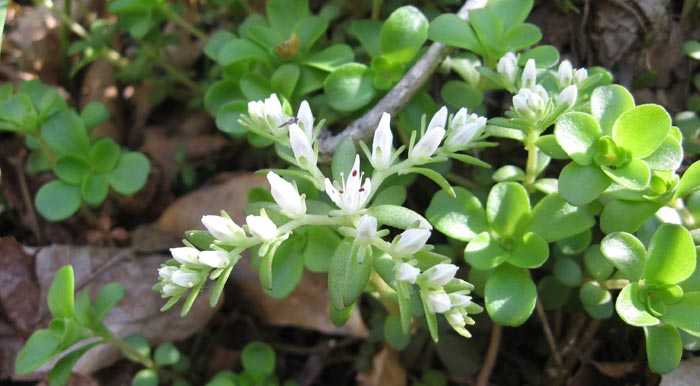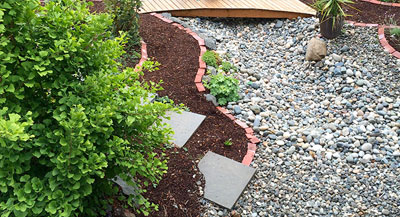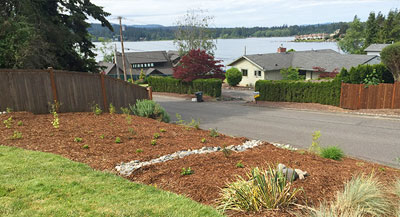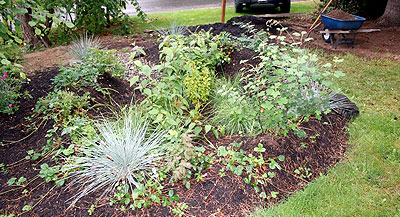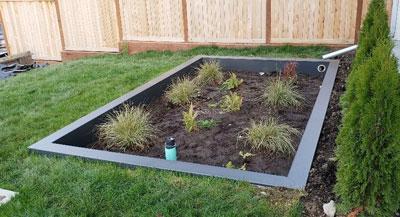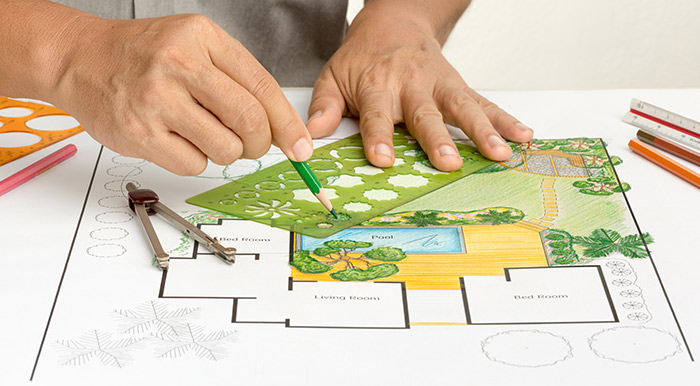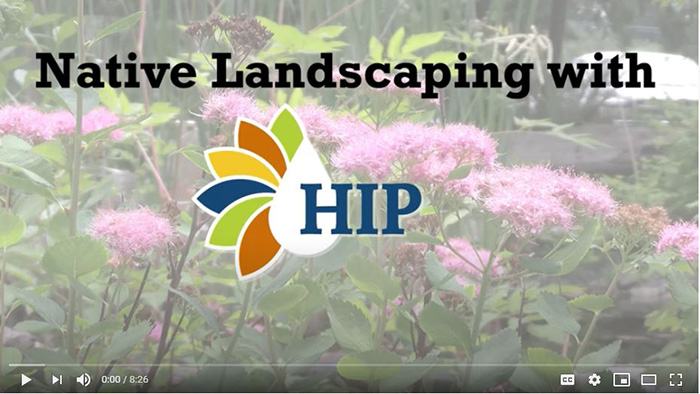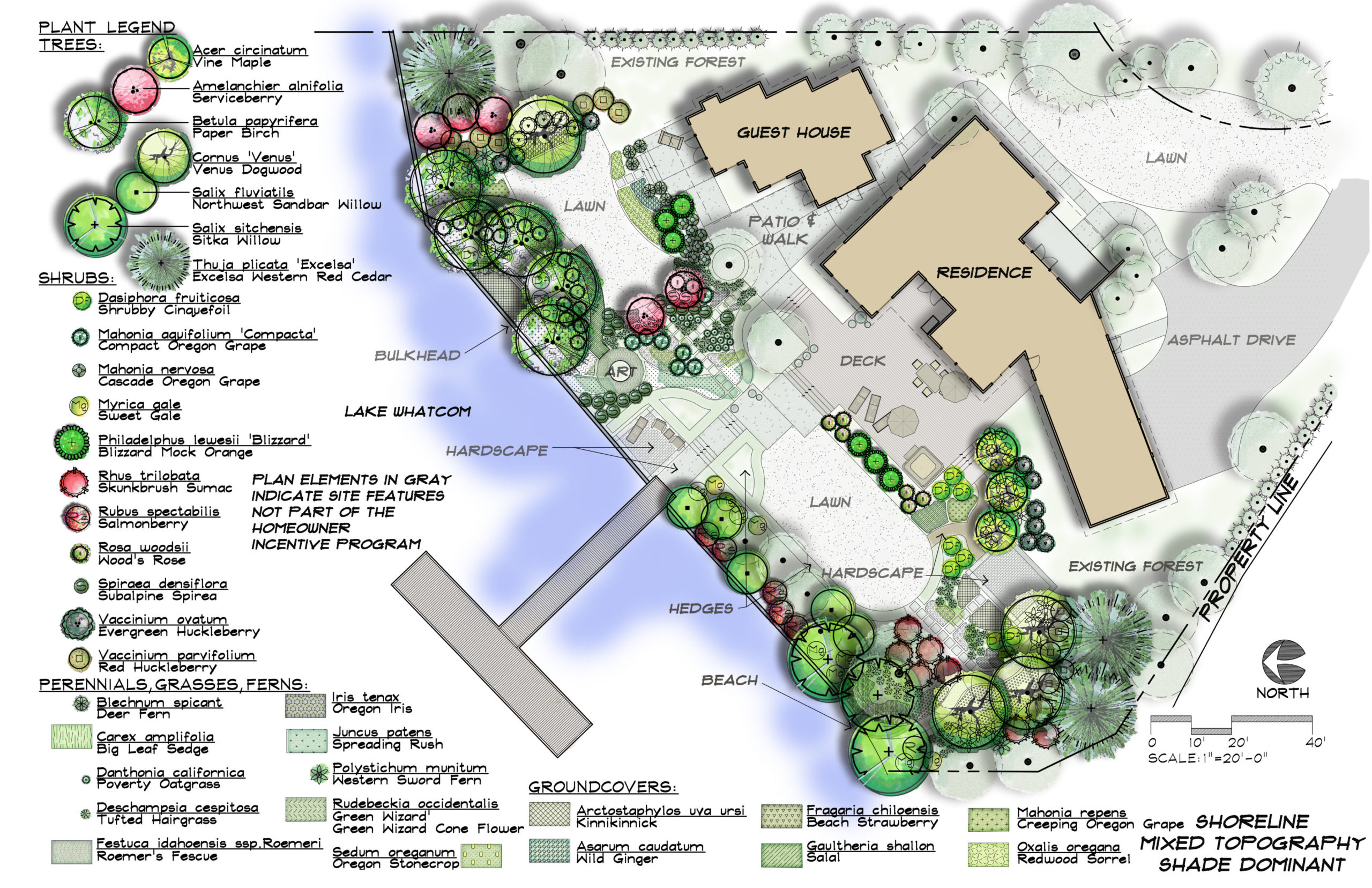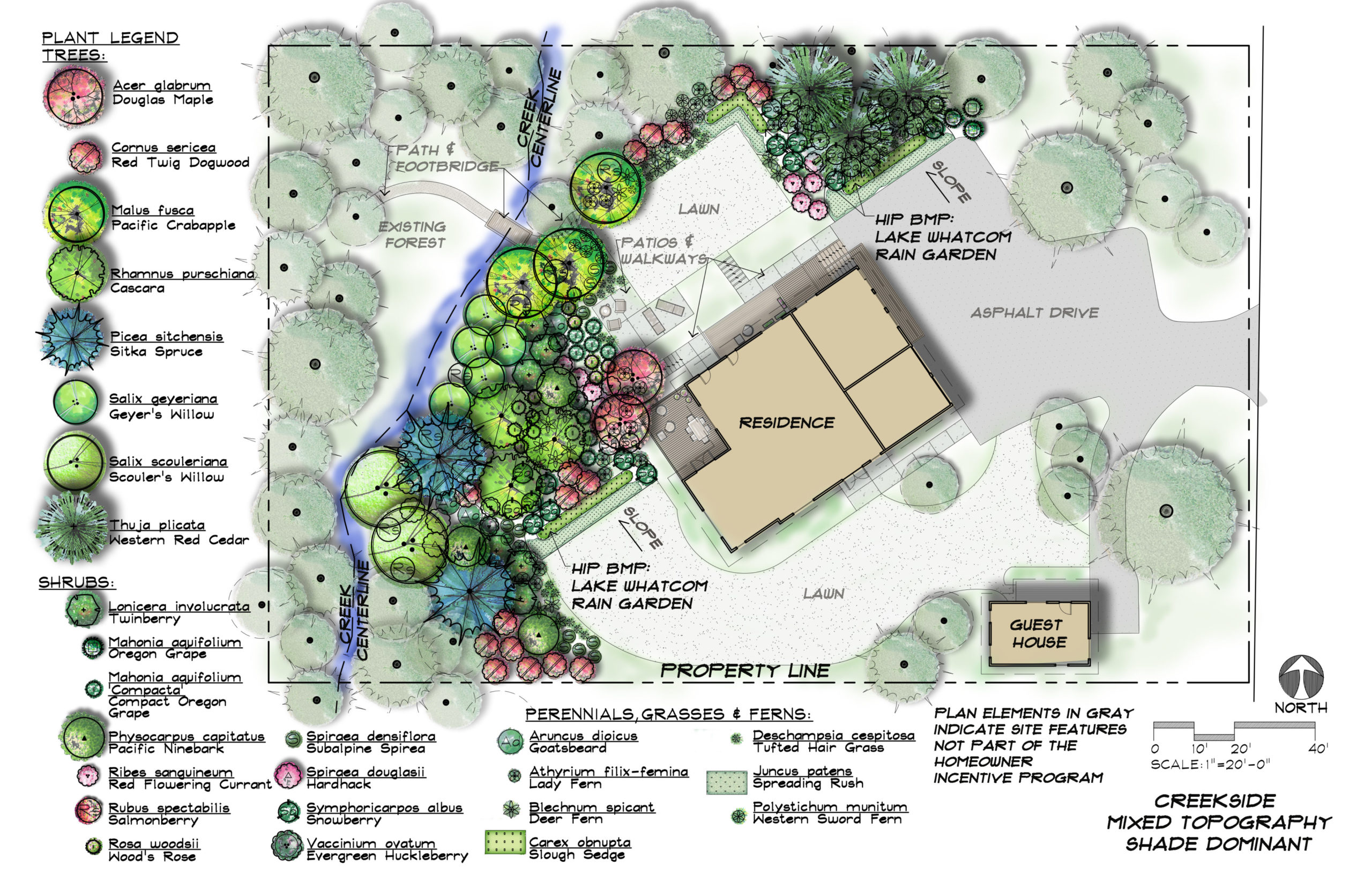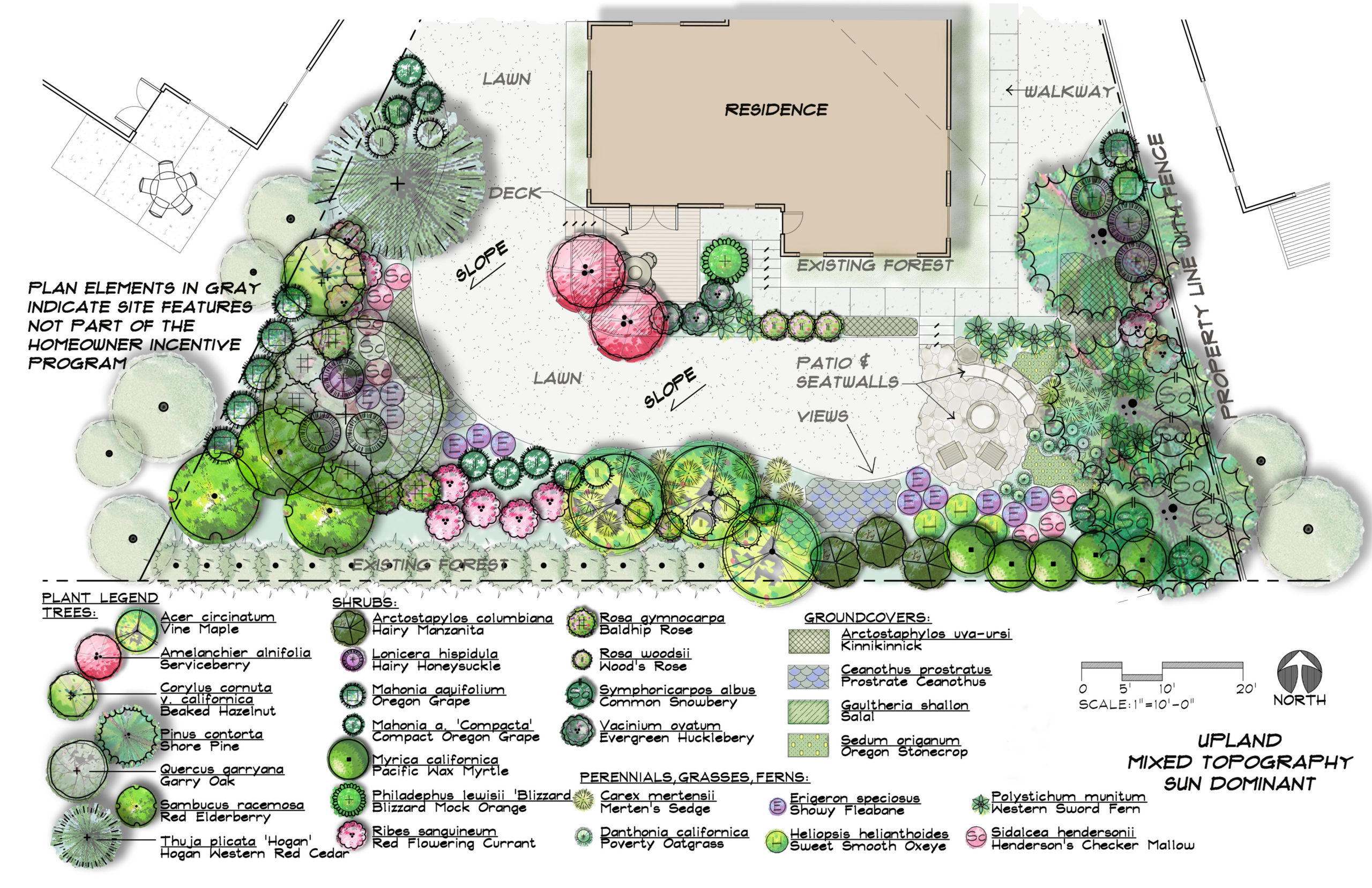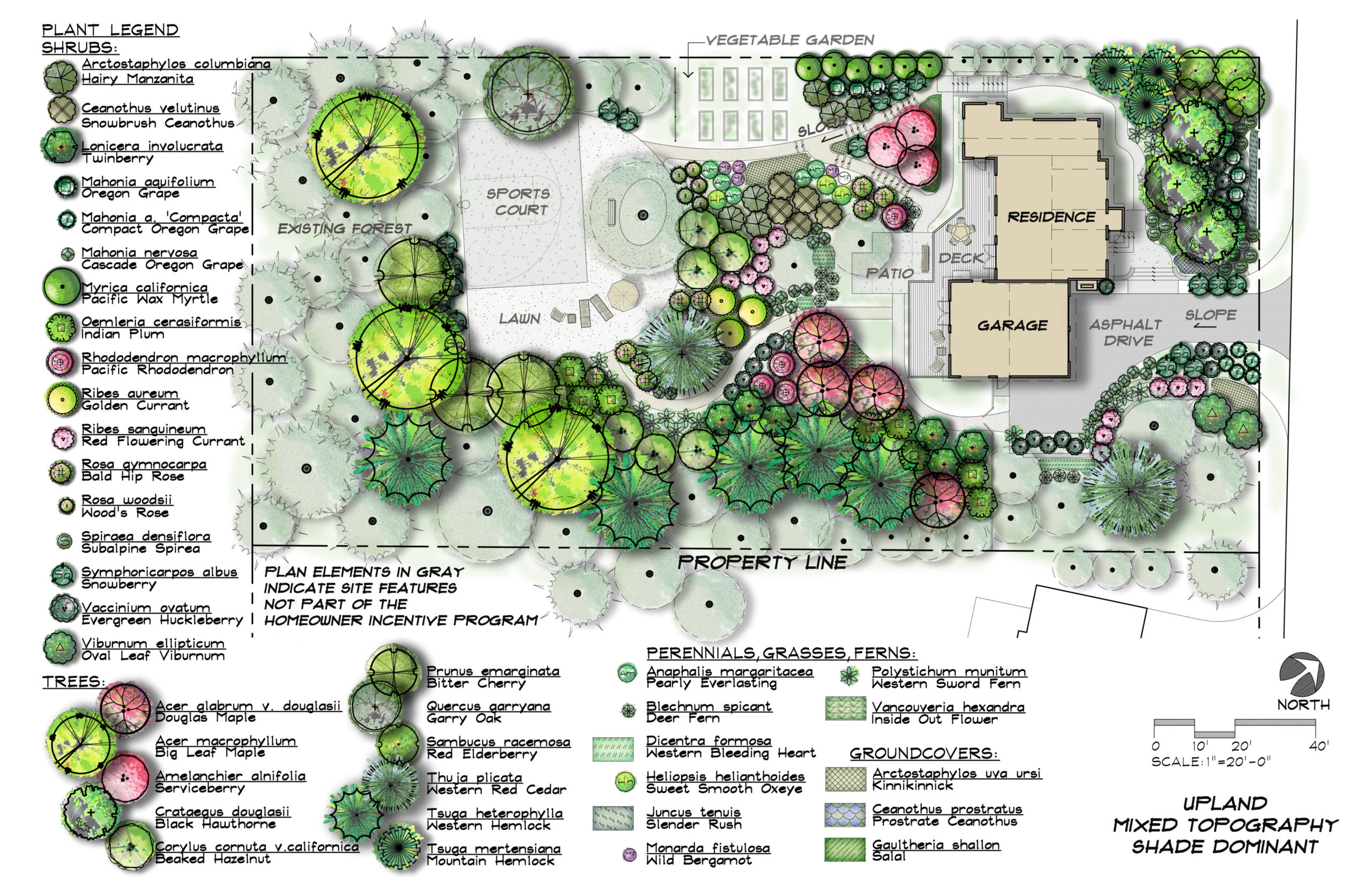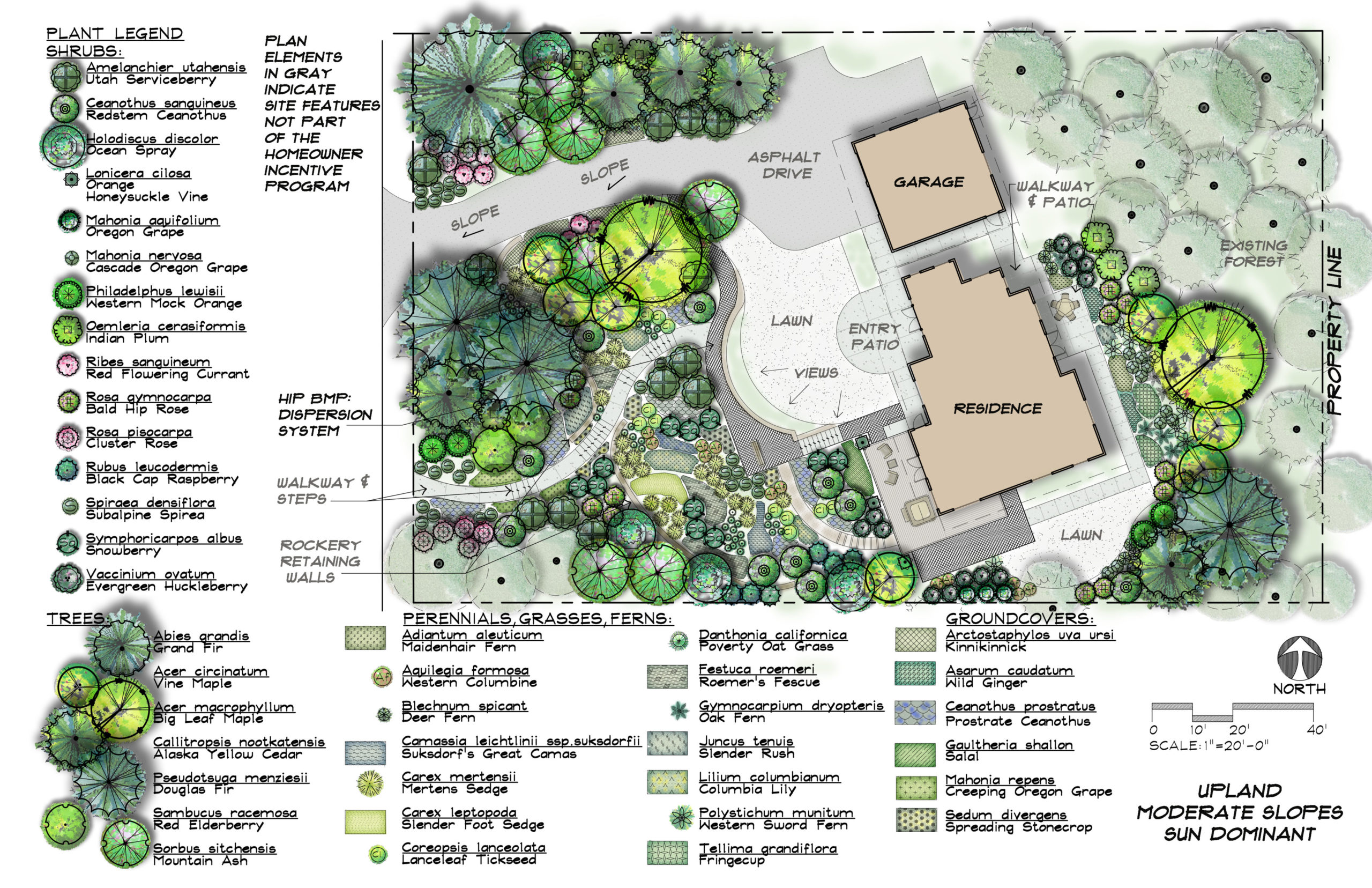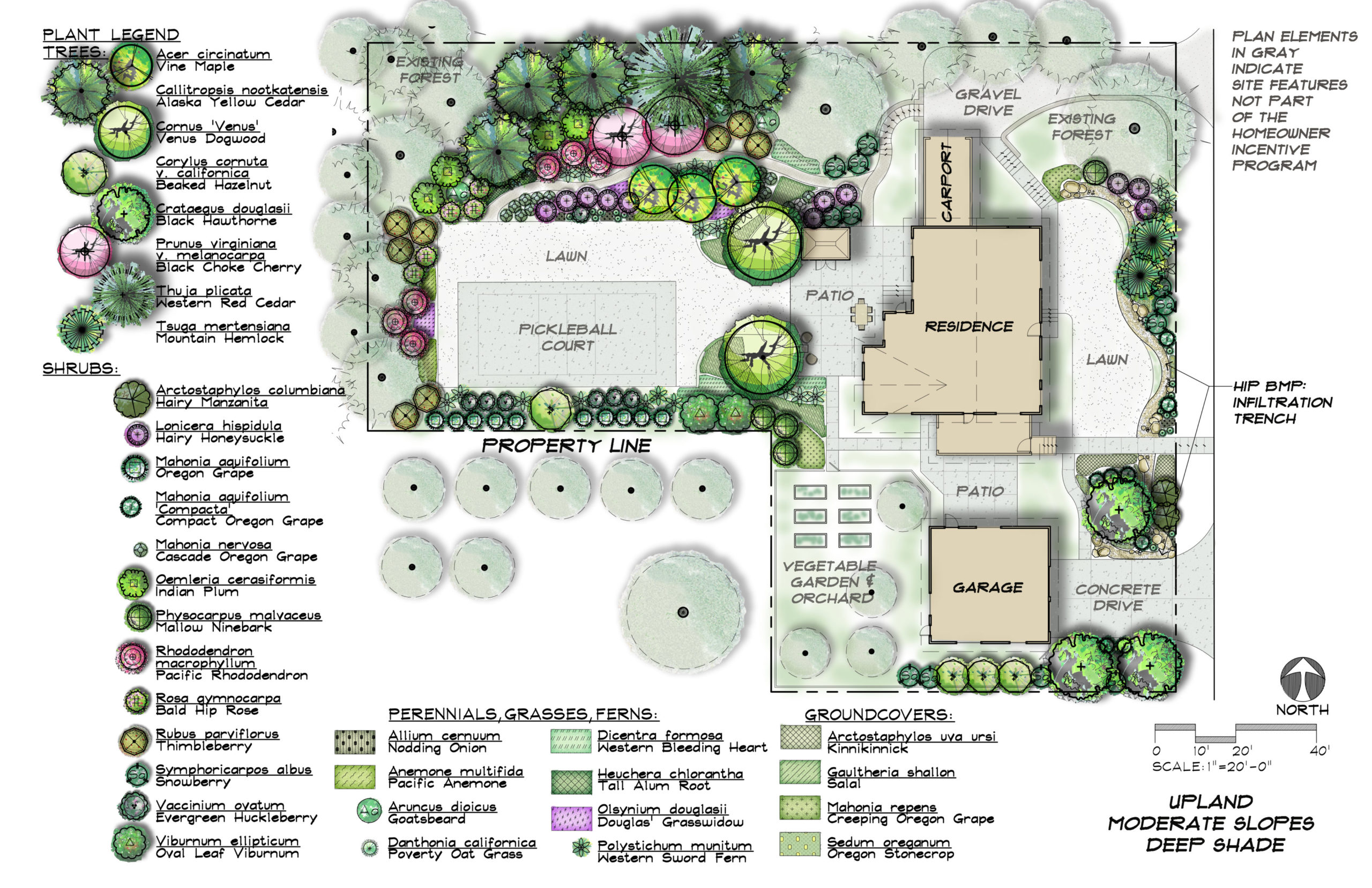CONGRATULATIONS!
YOU Qualify FOR
PROPERTY IMPROVEMENTS
Properties with large areas of open lawn can unintentionally cause spikes in nutrient runoff during large storm events, even if you don’t use fertilizer. Lawns built over the type of soil surrounding Lake Whatcom simply can’t recycle phosphorus fast enough to hold those nutrients in place. Installing a water quality improvement can mitigate these impacts, while still retaining a yard you can enjoy.
To get started, learn more about the projects you qualify for by downloading the resources below then follow the instructions to sign up for HIP.
Questions about HIP? Watch a ten minute video about Lake Whatcom water quality, HIP project options, and an overview of the HIP process.
YOUR PERSONALIZED
PROPERTY RESOURCES
CLICK ON THE LINK TO DOWNLOAD ALL PDF RESOURCES
Next Step:
Sign up FOR HIP
Sign up today and HIP staff will reach out to share information about the program and how to schedule a site visit. The first site visit not only functions to inform you about the details of the HIP but – more importantly – it helps us understand your unique vision of the future use and appearance of your property. Starting with and building on your feedback, we will recommend various types of HIP-eligible projects that are expected to work well on your specific lot. Projects we suggest will be hand-selected to ensure that they will be feasible to construct, maximize your available budget, and enhance your property’s distinct character and use–all based on the preferences and vision you share with HIP staff during the site visit.

